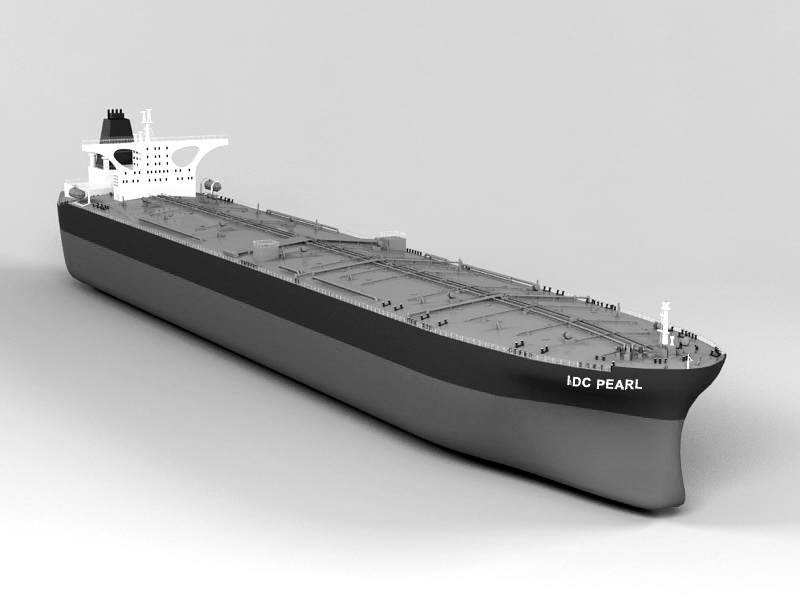
OSINT guide: Learn how to use open-source intelligence methods to track a cargo ship and link firms together.
By @doxsor, NOIR
NOIR met with the TV2 journalist Emil Ellesøe Ditzel and discussed whether we could track a cargo ship, named Clipper Amsterdam, contained with biomass for the HOFOR BIO4 power plant, that was berthed at port some days before. The cargo ship had departed from Brazil, but we were not sure from which port and who had delivered the biomass.
Brazil has gotten a lot of media attention after their president Jain Bolsonaro made it easier for the paper and biomass industries to get access to the nation’s rainforest, which has led to a significant increase in deforestation in the country.
Methods to find the port
So, first we wanted to find what port the cargo ship laid in. First, we used google dorking around the internet to find the exact location, which is a way of writing search words in regards of being very specific of what you are actually asking the search engines.
- Vessel Clipper Amsterdam AROUND(5) brazil
- “Clipper Amsterdam” + “brazilian port” + Copenhagen
When we are google dorking we always use several different search engines (Google, Bing, Yahoo, Yandex), because they all give different results due to their difference in algorithms.
This led us to find the port – Santana port in Amapá
Now, we wanted to verify the link between the Santana port in Amapá and the cargo ship, so that we could be sure that this was the place the cargo ship departed from. We began looking at the port’s facebook page to see if any of the employees had taken any photos while the ship was in the port. Unfortunately, there was nothing to be found and we did not manage to find an Instagram account for the port to continue this search.
After going back to the search engines and continuing the google dorking, now in portuguese, because we wanted to find the brazilian port and find information about the brazilian company we found the website of the port.
- “santana doca” filtype:br
We found the website of the port by translating to portuguese search and focussing on santana doca (port) and websites from brazil (.br).
On this website we confirmed that the ship had departed on the 27th of October and had arrived in “Copenhagem” on the first of November. The spelling mistake in Copenhagen (with the ending M) had made it more difficult for us to find our way to the website. See below.
Methods to find the cargo and company
On the website where we found the information about the departures, we also found information about the company Amcel, which is a Brazilian biomass company based in Amapá. Furthermore, the overview showed that it was eucalyptus that had been shipped and that it was 32.734 ton of it. the cargo and the quantity of cargo.
After this opening in our research we began looking into the company and quickly found the company’s name in an amazon watch report about land grabbing and other foresty violations, which led us to a series of papers about the trials on Amcel’s violations and land grabbings.
We spent our time analysing all these reports and quickly found both the lawyers prosecuting and Amcel’s lawyer in all of the cases.
A month later we saw that there should be another delivery to Denmark by a cargo ship called, so Emil Ditzel and a TV2 film crew flew to Brazil to document the cargo ship being loaded and departing, conducting interviews with local farmers, which have experience land grabbing from Amcel and finally to confront Amcel about the accusations. You can read about all our findings and Emil’s interviews and documentation in articles on TV2.
